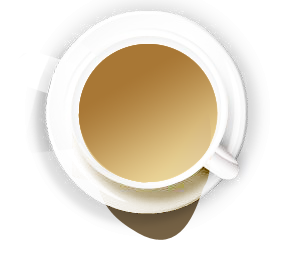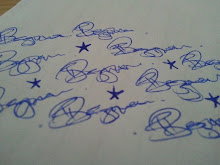A psychotic murderer institutionalised since childhood escapes on a mindless rampage while his doctor chases him through the streets.
Halloween was produced on a budget of $320,000 and grossed $47 million at the box office in the US (equivalent to over $150 million as of 2008) becoming one of the most independent films of all time.
Many critics credit the film as the first in a long line of Slasher films inspired by Alfred Hitchcock's Psycho (1960). The movie originated many cliches found in low-budget horror films of the 1980's and 1900's. However the film contains little graphic violence and gore.
Halloween 1978 (Trailer) from Roy Chen on Vimeo.
Camera Angles
 The film starts with an extreme long shot of a pumpkin slowly zooming in and eventually ending with an extreme close up of the pumpkin.
The film starts with an extreme long shot of a pumpkin slowly zooming in and eventually ending with an extreme close up of the pumpkin. As the camera zooms in, the titles appear on the screen in a bright orange/deep red colour, the colour theme suggests that the film is of a horror genre. The pumpkin is very iconic of Halloween and the red colour on the titles show connotations of blood, gore and death.
 The camera then changes to hand held, this shows a subjective point of view; through the eyes of one Michael Myers. Hand held gives a more real feel to the film, it engrosses the viewer, making them feel they're almost part of the scene.
The camera then changes to hand held, this shows a subjective point of view; through the eyes of one Michael Myers. Hand held gives a more real feel to the film, it engrosses the viewer, making them feel they're almost part of the scene.Throughout the scene, while walking up the stairs, looking around his sisters room and watching his sister brush her hair, Michael Myers has a mask on his face, the camera also appears to have the same mask on. This again shows a subjective point of view, through the eyes of Michael Myers.
The director uses a higher angle view go give the audience an illusion that the killer is a full grown adult, where in reality, the killer is a small child.
The scene ends with a reverse tracking shot while Michaels parents return home and reveal his face on camera.
Mise-En-Scene
Halloween opens with a plain black background with a pumpkin carved with a face in the distance. The carved pumpkin is iconic of Halloween as it is typical for families to carve and light up pumpkins at this time of year.
The titles appear in a bright orange colour and then fade to red and then black. The black/orange/red colour scheme suggest that this film if of a horror genre, also, the red colour shows connotations of blood and gore.
Sound & Editing
Halloween starts off with the non-diegetic, iconic theme tune as the titles appear. The tune is ominous, eerie, and repetitive, almost psychotic. It plays at a steady pace, creating suspense.
As the scene opens, we hear diegetic sounds of young children chanting Halloween songs, supposedly as they're trick-or-treating. The camera then moves on to Michael Myers moving inside the house, at this point, we hear incidental creepy music playing at a slow pace. Myers progresses towards the stairs, the music gets louder and speeds up slightly thus creating tension. In the background we hear an incidental church bell, this also helps to build up suspense.






